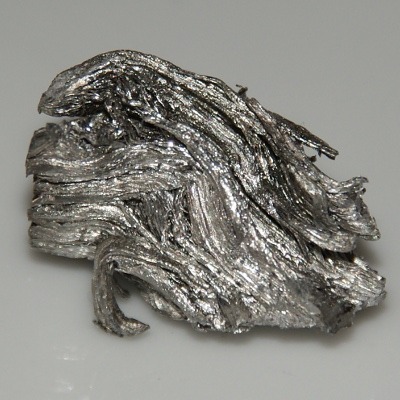#holmium

Holmium is the sixty seventh element on the periodic table, giving it sixty seven protons and electrons. Like the other rare earths, holmium cannot be found in nature as a free element, instead occurring in a variety of minerals including monaziteandgadolinite.
The element is typically characterized as a transition metal, or sometimes as an inner transition metal. Given the sheer number of transition metals it is difficult to define any definite characteristics but, generally, transition metals are paramagnetic with more than one oxidation states. Also, metals typically (though not always) have high electrical conductivity as well as high density and high melting and boiling points.
Within the transition metals, holmium is classified as a lanthanide. All lanthanides are considered rare earth elements on the periodic table. Despite the name however, rare earth elements are not necessarily rare - they’re just notoriously hard to find in large enough quantities to be useful. Often found together, rare earth elements are difficult to separate.
A soft, malleable, silvery-white metal, holmium has the highest magnetic permeability of any element. It has one stable isotope.
Though it plays no known biological role, holmium salts can stimulate metabolism and cause severe damage if large amounts are inhaled, consumed orally, or injected.
Though Marc Delafontaine and Jacques-Louis Soret discovered this element in 1878, they simply named it Element X. Later in the same year, Per Teodor Cleve discovered the element independently and named it after Holmia, the Latin name for Cleve’s home town, Stockholm.
17 grams of ultrapure holmium next to the element’s preferred crystal structure, hexagonal close-packed.
Post link


